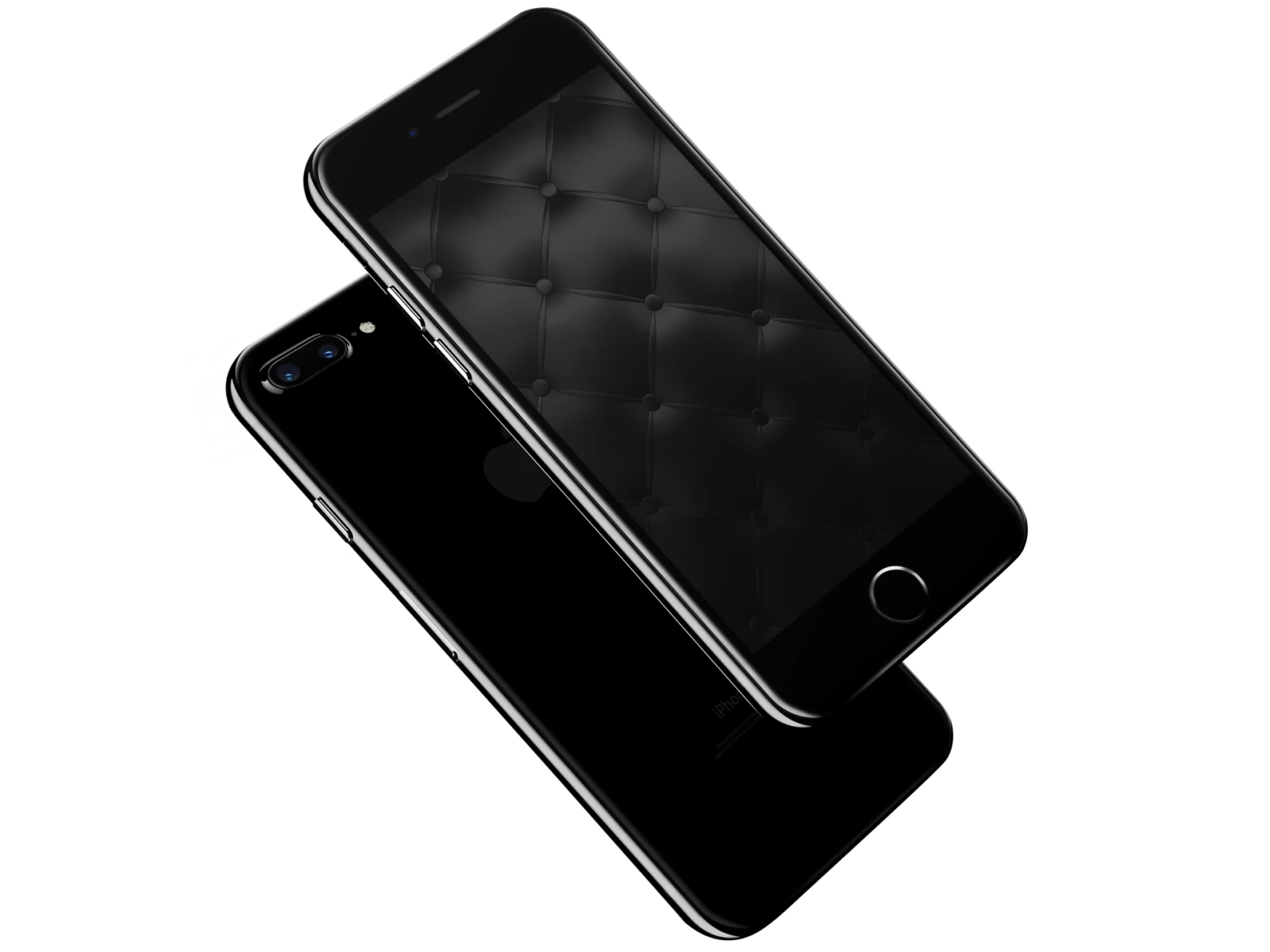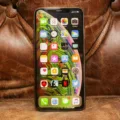In today’s world, where smartphones and other electronic devices have become an integral part of our lives, battery life is a crucial concern. A drained battery can be a frustrating experience, especially when you need your device the most. But did you know that something as simple as changing your wallpaper can help conserve battery power? Enter the black OLED wallpaper.
OLED (Organic Light Emitting Diode) and AMOLED (Active Matrix Organic Light Emitting Diode) screens are known for their vibrant colors and deep blacks. Unlike traditional LCD screens, OLED and AMOLED screens can individually turn off pixels to achieve a true black color, resulting in higher contrast and vivid visuals. However, when displaying black pixels, OLED and AMOLED screens consume significantly less power compared to displaying other colors.
That’s where the black OLED wallpaper comes into play. By setting a plain black wallpaper on your OLED or AMOLED device, you can take advantage of the screen technology to maximize battery life. When your device displays a black wallpaper, it essentially turns off the majority of pixels, resulting in reduced power consumption.
While the impact of using a black wallpaper on battery life may not be significant on typical LCD screens, the difference on OLED and AMOLED screens can be quite noticeable. Users of devices with OLED or AMOLED screens, such as the iPhone 14 Pro Max, have reported improved standby times and longer battery life after switching to a black wallpaper.
To enable the black wallpaper on your device, you may need to adjust your display settings. Start by checking if the “show desktop background image” option is enabled. Sometimes, this option can be disabled, leading to a black background. By enabling it, you ensure that your chosen wallpaper is displayed.
Now, you may be wondering if using a black wallpaper means sacrificing aesthetics. Fear not! You don’t have to settle for a plain black background. Many wallpaper options are available that incorporate darker colors and designs while still maintaining the benefits of conserving battery life. So, you can choose a wallpaper that suits your style while also maximizing your device’s battery efficiency.
Utilizing a black OLED wallpaper on your OLED or AMOLED device can help extend your battery life. By taking advantage of the screen technology, you can reduce power consumption and enjoy longer standby times. Remember to enable the “show desktop background image” option and explore wallpapers that incorporate darker colors to strike a balance between functionality and aesthetics. Give it a try and experience the difference for yourself!

Does Having Black Wallpaper Save Battery?
The effect of having a black wallpaper on battery savings depends on the type of screen your device has. Specifically, OLED (Organic Light-Emitting Diode) or AMOLED (Active-Matrix Organic Light-Emitting Diode) screens can benefit from using a black wallpaper as they have pixels that emit their own light.
To understand the potential battery savings, it’s important to grasp how OLED and AMOLED screens work. These screens have individual pixels that can turn on or off to display different colors. When a pixel is off, it doesn’t consume any power, resulting in energy savings. In contrast, traditional LCD screens have a backlight that is always on, regardless of the color being displayed.
With this in mind, using a black wallpaper on an OLED or AMOLED screen can help save battery power. Since black pixels are essentially turned off, the screen is not utilizing energy to emit light in those areas. Consequently, the more black you have on your screen, the less power it will consume.
However, it’s important to note that the battery savings from using a black wallpaper on a typical device with an OLED or AMOLED screen may not be substantial. While it can make a difference, the overall impact on battery life might not be significant enough to notice in regular usage scenarios.
Having a black wallpaper can save battery power on devices with OLED or AMOLED screens, as the black pixels do not require energy to emit light. Nonetheless, the amount of power saved may not be significant enough to make a noticeable difference on a typical device.
Does Black Wallpaper Save Battery IPhone 13?
Using a black wallpaper can potentially save battery life on an iPhone 13 (and other iPhone models with OLED displays) due to the nature of OLED technology.
OLED displays work by individually lighting up each pixel, allowing for deep blacks because the pixels can be completely turned off. In contrast, traditional LCD displays have a backlight that illuminates the entire screen, regardless of the content being displayed.
When you use a black wallpaper on an OLED screen, the black pixels are turned off, meaning they do not require any power to display. This can result in energy savings, as the display is not actively using power to illuminate those pixels.
However, it’s important to note that the battery savings from using a black wallpaper may not be extremely significant in everyday usage. While OLED displays are more power-efficient when displaying black content, other factors such as screen brightness, app usage, and network connectivity can have a larger impact on battery life.
Here are some key points to consider regarding black wallpapers and battery life on an iPhone 13:
– Black wallpapers can save battery life on OLED displays, including the one on the iPhone 13, as the display does not need to power the black pixels.
– The energy savings from using a black wallpaper may not be highly noticeable in regular usage, as other factors like screen brightness and app usage also influence battery consumption.
– The iPhone’s iOS optimization plays a significant role in power management, regardless of the wallpaper used.
– It’s worth noting that using a black wallpaper may have a more noticeable impact on battery life when the device is in standby mode, as the display is not actively being used.
While using a black wallpaper on an iPhone 13 can potentially save battery life due to the OLED display technology, it may not result in a significant improvement in everyday usage. Nonetheless, it can contribute to optimizing power consumption, especially during standby periods.
Is Black Wallpaper Good For Phone?
Black wallpaper is indeed beneficial for phone devices, especially those with OLED or AMOLED screens. These types of screens work by individually illuminating each pixel, and when a pixel is black, it is essentially turned off, resulting in no power consumption. Therefore, using a black wallpaper can help conserve the device’s battery life.
Here are some reasons why black wallpaper is good for phones:
1. Energy Efficiency: As mentioned earlier, OLED and AMOLED screens do not require power to display black pixels. By using a black wallpaper, you are essentially minimizing the energy consumption of your phone’s screen, which can significantly extend battery life.
2. Contrast and Visibility: Black wallpapers provide excellent contrast on OLED and AMOLED screens, making it easier to read text or view icons. This is because the true black pixels create a stark contrast with other colors on the screen, resulting in enhanced visibility and better overall readability.
3. Aesthetics: Many users find black wallpapers visually appealing, as they can give a sleek and modern look to the device’s home screen. The dark background can also make app icons and widgets stand out more prominently, resulting in a visually pleasing and organized appearance.
4. OLED Lifespan: OLED screens, over time, can experience burn-in or image retention issues, where persistent images or icons can leave a ghostly imprint on the display. By using a black wallpaper or regularly switching to different wallpapers, you can help prevent or mitigate these issues, as black pixels do not contribute to burn-in.
Using a black wallpaper on your phone, especially if it has an OLED or AMOLED screen, can be advantageous. It conserves battery life, enhances visibility, provides an aesthetically pleasing look, and helps prevent burn-in issues. Consider giving it a try and enjoy the benefits it offers.
Conclusion
Using a black OLED wallpaper can indeed help conserve battery life on devices with OLED or AMOLED screens. This is due to the nature of these screen technologies, where each pixel emits its own light. When displaying black pixels, the corresponding pixels are essentially turned off, resulting in minimal power consumption.
While the impact of using a black wallpaper on battery life may vary depending on the device and its optimization, it is generally recommended to use darker colored wallpapers to preserve battery power on OLED or AMOLED screens. This is particularly noticeable on devices like the iPhone 14 Pro Max, which has an outstanding AMOLED screen and excellent iOS optimization.
However, it is important to note that the power saving benefits of using a black wallpaper may not be significant on typical devices with LCD screens. LCD screens use a backlight to illuminate the entire display, regardless of the content being displayed. Therefore, the power consumption remains relatively constant, regardless of the wallpaper color.
To ensure a black wallpaper is effectively applied, it is advisable to check and enable the “show desktop background image” option in your device’s display settings. This will ensure that the black wallpaper is properly displayed, saving power by minimizing the use of active pixels.
While using a black OLED wallpaper may not have a significant impact on battery life for all devices, it can certainly make a noticeable difference on OLED or AMOLED screens. This, combined with proper display settings optimization, can help maximize battery efficiency and prolong the device’s standby time.







